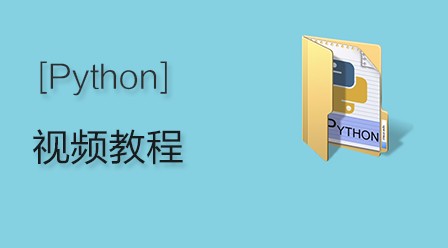
round函数很简单,对浮点数进行近似取值,保留几位小数。比如
>>> round(10.0/3, 2) 3.33 >>> round(20/7) 3
第一个参数是一个浮点数,第二个参数是保留的小数位数,可选,如果不写的话默认保留到整数。
这么简单的函数,能有什么坑呢?
1、round的结果跟python版本有关
我们来看看python2和python3中有什么不同:
$ python Python 2.7.8 (default, Jun 18 2015, 18:54:19) [GCC 4.9.1] on linux2 Type "help", "copyright", "credits" or "license" for more information. >>> round(0.5) 1.0
$ python3 Python 3.4.3 (default, Oct 14 2015, 20:28:29) [GCC 4.8.4] on linux Type "help", "copyright", "credits" or "license" for more information. >>> round(0.5)
如果我们阅读一下python的文档,里面是这么写的:
在python2.7的doc中,round()的最后写着,“Values are rounded to the closest multiple of 10 to the power minus ndigits; if two multiples are equally close, rounding is done away from 0.” 保留值将保留到离上一位更近的一端(四舍六入),如果距离两端一样远,则保留到离0远的一边。所以round(0.5)会近似到1,而round(-0.5)会近似到-1。
但是到了python3.5的doc中,文档变成了“values are rounded to the closest multiple of 10 to the power minus ndigits; if two multiples are equally close, rounding is done toward the even choice.” 如果距离两边一样远,会保留到偶数的一边。比如round(0.5)和round(-0.5)都会保留到0,而round(1.5)会保留到2。
所以如果有项目是从py2迁移到py3的,可要注意一下round的地方(当然,还要注意/和//,还有print,还有一些比较另类的库)。
2、特殊数字round出来的结果可能未必是想要的。
>>> round(2.675, 2) 2.67
python2和python3的doc中都举了个相同的栗子,原文是这么说的:
Note The behavior of round() for floats can be surprising: for example, round(2.675, 2) gives 2.67 instead of the expected 2.68. This is not a bug: it’s a result of the fact that most decimal fractions can’t be represented exactly as a float. See Floating Point Arithmetic: Issues and Limitations for more information.
简单的说就是,round(2.675, 2) 的结果,不论我们从python2还是3来看,结果都应该是2.68的,结果它偏偏是2.67,为什么?这跟浮点数的精度有关。我们知道在机器中浮点数不一定能精确表达,因为换算成一串1和0后可能是位数的,机器已经做出了截断处理。那么在机器中保存的2.675这个数字就比实际数字要小那么一点点。这一点点就导致了它离2.67要更近一点点,所以保留两位小数时就近似到了2.67。
以上。除非对精确度没什么要求,否则尽量避开用round()函数。近似计算我们还有其他的选择:
使用math模块中的一些函数,比如math.ceiling(天花板除法)。
python自带整除,python2中是/,3中是//,还有div函数。
字符串格式化可以做截断使用,例如 "%.2f" % value(保留两位小数并变成字符串……如果还想用浮点数请披上float()的外衣)。
当然,对浮点数精度要求如果很高的话,请用嘚瑟馍,不对不对,请用decimal模块。










